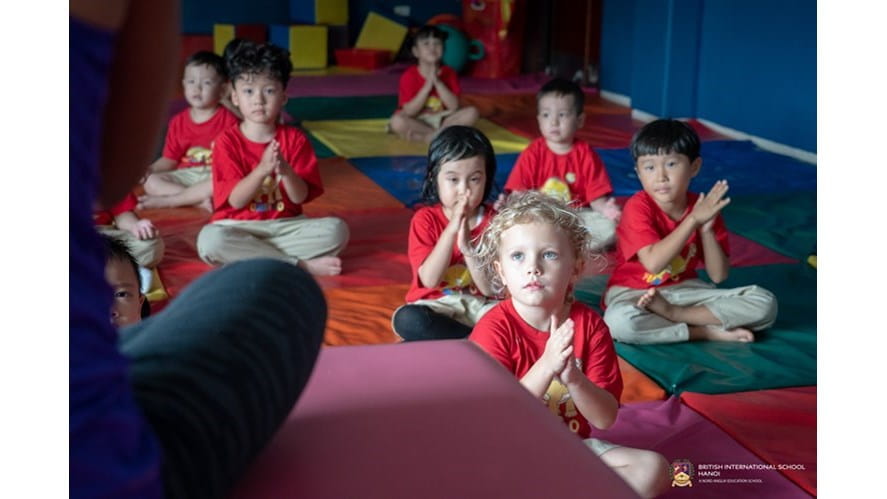We use cookies to improve your online experiences. To learn more and choose your cookies options, please refer to our cookie policy.

Well-being for everyone: Looking after our mind is just as important as looking after our bodies. This can be done by practising mindfulness.
What is mindfulness?
Mindfulness is ensuring that your mind is fully focused on what you are doing. In today’s busy world of multi-tasking, it is increasingly important to take time out to focus on ourselves without distraction.
What are the benefits of mindfulness?
Research has shown some of the benefits of mindfulness being:
Why is this good?
With all the distractions of today's world with the rise of technology, it is no surprise that children have such a hard time concentrating and focusing. Adults are often guilty of talking to someone whilst on their phone, watching TV and not truly giving our full attention, as role models our children will mimic this behaviour.
Mindfulness is the practice of quietening the mind to bring awareness and attention to the present moment which helps children focus on what’s happening now and keeps their thoughts from drifting. It is all about maintaining focused awareness in the here and now, and it has been shown to improve attention and focus, especially for children.
As Global Citizens at BIS, one of our aims is to be balanced. This means that we achieve physical and emotional balance for the well-being of ourselves and others. These challenges are integrated through the year and our teachers are also teaching mindfulness techniques to our students in the class. We also offer Primary/ Secondary Mindfulness Extra Curriculum Activities (ECA) with a variety of activities according to different ages which benefit the children practising to be mindful.
Techniques suggested to practice with children at home
As mindfulness is something you can apply to any aspect of your life, we recommend basic techniques that parents and children can practise together at home. You can pick something you do every day and try to do it a bit more mindfully to make it as a habit.
You can remind yourself to avoid multitasking, to slow down sometimes and even allow yourself and your family quiet time. You can make it a fun game to challenge your child to stay silent for a period of time. Mindfulness will be helpful in many ways especially for children’s focus and concentration.